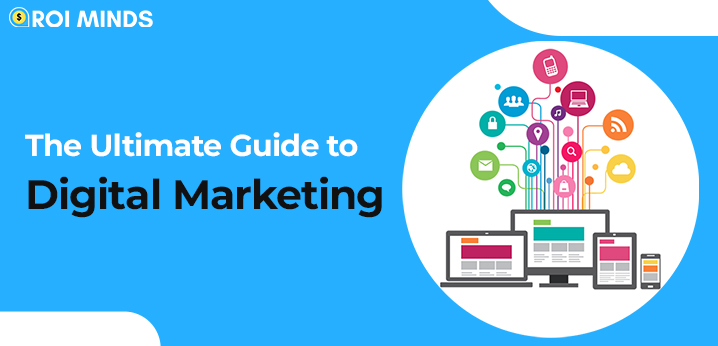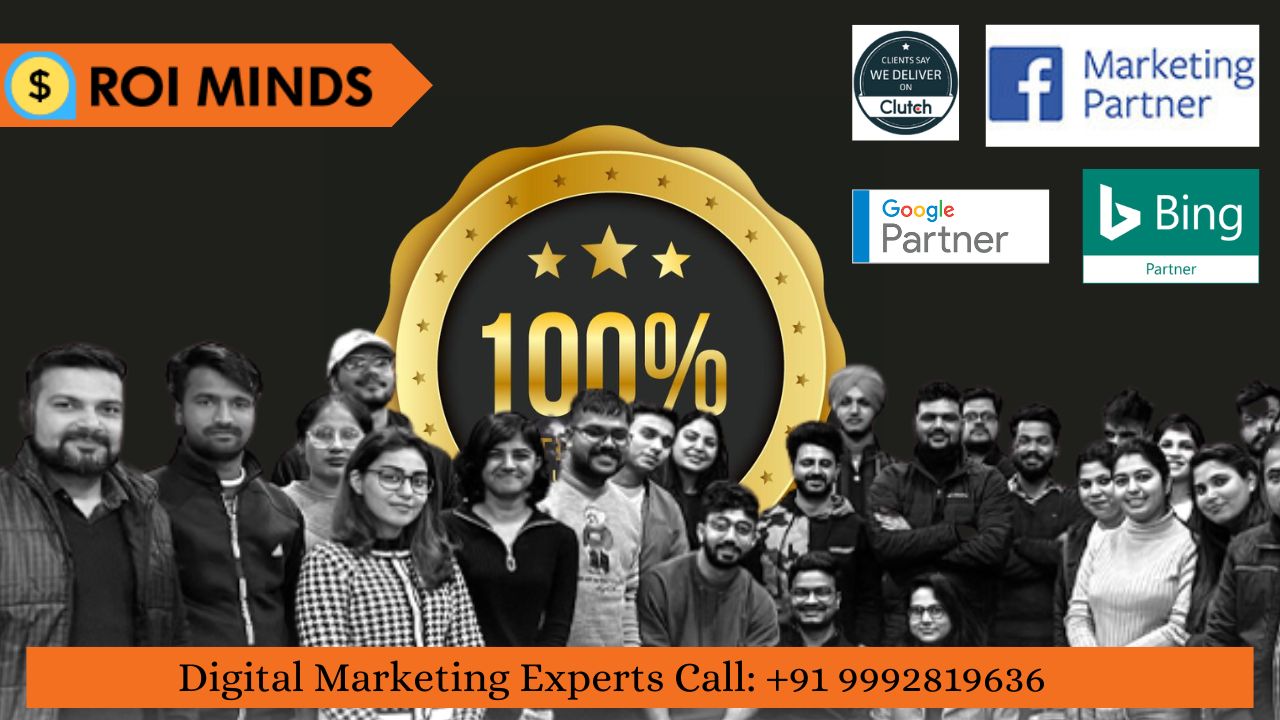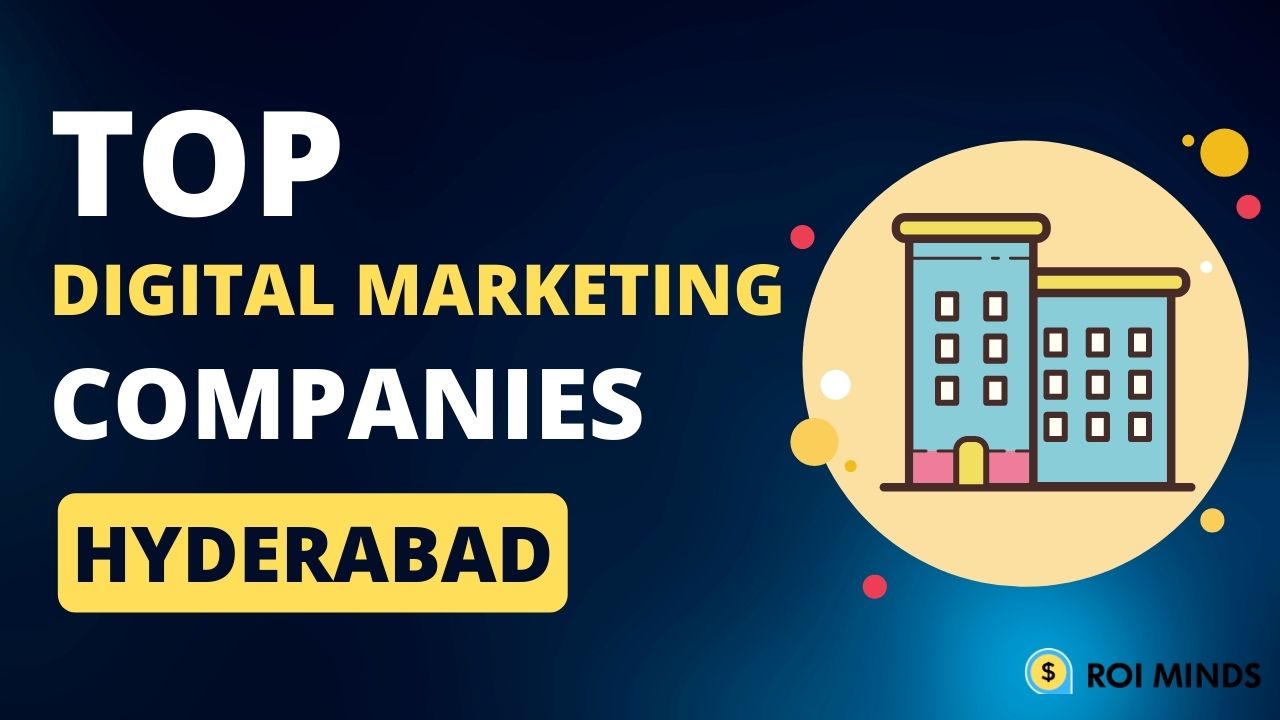The perfect resource for beginner-to-advanced digital marketers looking to learn new skills or hone existing ones.
What is Digital Marketing?
Promoting and selling products and services through online marketing tactics such as social media marketing, search marketing, and email marketing is known as digital marketing.
When it comes down to it, digital marketing is just marketing. It is how today’s businesses get their message in front of their most qualified prospects and customers.
The first rule of marketing is to make the right offer at the right time and place. Today’s customers are online, spending time on social media, reading news sites and blogs, and searching for products and services.
Digital marketing places you in those same channels, allowing your best prospects to see you, learn more about you, and even ask questions about you and your products or services.
If you’re new to digital marketing, mastering all of the online marketing tactics used in digital marketing may seem overwhelming.
We understand.
And, yes, you will need to learn various strategies. However, they all work together to build a foundation for your company by attracting prospects, nurturing relationships, and making offers your target audience will appreciate and respond to.
Let’s look at how that happens in more detail.
How Does Digital Marketing Work?
Digital marketing is similar to traditional marketing in many ways. Smart businesses strive to build mutually beneficial relationships with prospects, leads, and customers.
However, digital marketing has largely replaced most traditional marketing tactics because it is designed to reach today’s consumers.
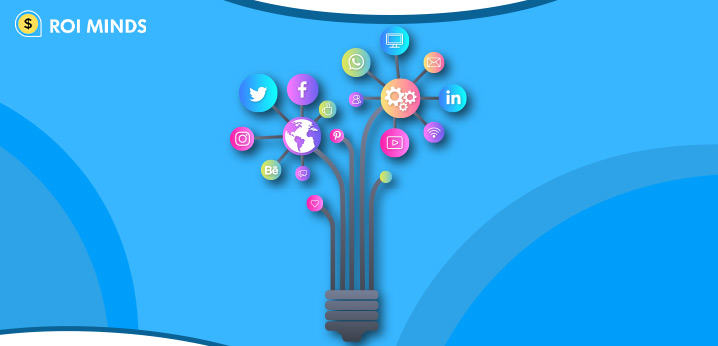
As an illustration,
Consider your most recent significant purchase. Perhaps you bought a house, hired someone to fix your roof, or switched paper suppliers at your workplace.
You probably started by searching the Internet for more information about available solutions, who provided them, and what your best options were. Your final purchasing decision was based on the reviews you read, recommendations from friends and family, and the solutions, features, and pricing you researched.
The majority of purchases begin online.
In that case, regardless of what you sell, you must have an online presence.
The key is to create a digital marketing strategy that places you in all of the places your followers already hang out, then connect with them in various ways using various digital channels.
- Content to keep them updated on industry news, problems they’re having, and how you’re solving those problems.
- Social media distribute that content and then interact with them as friends and followers.
- SEO (search engine optimization) is to optimize your content so that it appears when someone searches for the information you’ve written about.
- Advertising to drive paid traffic to your website, where people can see your products.
- And use email marketing to stay in touch with your audience and ensure they continue to receive the solutions they seek.
You’ll have an efficient, user-friendly digital marketing machine when you put all of these pieces together. And while building that machine from scratch may appear daunting, it is as simple as learning and implementing one digital marketing tactic at a time.
That is why we have created this guide: To assist you in developing or refining your own digital marketing strategy without the false starts and missteps that come with going it alone.
What Are the Benefits of Digital Marketing?
Having a strong digital presence will benefit you in a variety of ways:
- It will make raising awareness and engagement easier before and after the sale.
- It will assist you in converting new buyers into rabid fans who purchase more (and more often)
- It will spark word-of-mouth, social sharing, and all of the benefits that come with them.
- Presenting the right offers at the right time will shorten the buyer’s journey.
Learn the Strategies That Get Real Results
Be aware that the digital marketing landscape is constantly changing. Gurus, podcasts, and bloggers proclaim a tool or tactic to be hot one week and dead the next. The truth is that digital marketing is less about “digital” and more about “marketing” because digital marketing has matured, and its fundamentals are already in place.
Our goal at ROI Minds is to dispel myths about which tactics work and how to apply them to grow your business. We are vehemently opposed to so-called “gurus” who promote the latest “shiny object” or “quick fix” that claims to be the end of email marketing, digital advertising, or search engine optimization.
We’re all about the fundamentals here.
As you’ll see in this guide, these eight core disciplines of digital marketing will be critical to your business growth today, tomorrow, and for years to come. Each of these disciplines will be covered in a chapter of this Ultimate Guide to Digital Marketing, as shown below.
Ready to start?
1. Your Digital Marketing Strategy Template
Everything we do at DigitalMarketer is built on the strategic foundation of the Customer Value Journey, and it serves as the foundation for all other digital marketing disciplines and tactics.
The Customer Value Journey assists you in automating the entire customer acquisition process, allowing you to sell without being pushy or creepy and promote your product or service without being pushy or creepy.
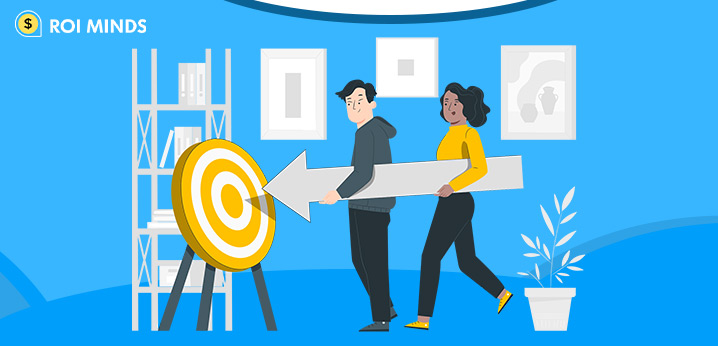
The key is a “conversion funnel,” a multi-modal campaign that leads a prospect to the desired action seamlessly and subtly. And in a way that fosters trust and customer loyalty.
2. Developing a Content Marketing Strategy
When done correctly, content marketing will attract prospects and move them through a marketing funnel, resulting in more sales and growth for your company.
It accomplishes this by removing content marketing from the blog. What exactly do we mean by that? Simply put, content marketing cannot function if it is limited to blogging, and it’s much more than just blogging.
Because content marketing is a full-funnel strategy, it should provide valuable content at each stage of the Customer Value Journey. To guide your prospect through the Customer Value Journey, create content that meets their needs at the three conversion funnel stages: Awareness, Evaluation, and Conversion.
You’ll learn everything there is to know about it, including how to plan your content marketing.
3. Crafting a Digital Advertising Plan
The key to effective digital marketing is traffic. If you master traffic acquisition, you will have a strong foundation for increased sales and growth.
But remember that digital advertising is more than just putting up an ad and hoping for the best. (Well, you could, but it’s not the most effective paid traffic strategy) You must have a strategy and understand how to separate the winners from the losers. (Yes, some of our advertising campaigns also fail!)
We rely on seven types of ads generated.
- Sales (to the tune of 3,858% ROI positive)
- Leads (we’ve generated as many as 72,033 leads from one campaign)
- Retargeting audiences (almost as good as an email list, you’ll want to know how to build retargeting lists)
4. Developing a Social Media Strategy
Going “social” is more than just being active on Facebook and Twitter. It’s about being present where your target audience congregates so you can interact with them, build relationships, and make offers that your followers will appreciate.
Being social is important because 79 percent of US internet users use Facebook, and more than half get their news from social media. However, there is more to social media marketing than simply being present. Your ultimate goal isn’t more “Likes.” It means more sales. As a result, we’ve divided social media marketing into four stages of the Social Success Cycle.
5. Following Email Marketing Best Practices
- Let go of any rumors to the contrary. Email is alive and well, and if you know how to use it, it can help you grow your business exponentially.
- In fact, according to a DMA and Demand Metric study, email has a median ROI of 122 percent. This is four times more than any other marketing channel! Of course, mastering the fundamentals is the key to generating that ROI. Examples include.
- Make certain that your emails are delivered to your prospects’ inboxes.
- Having your email read
- Creating engagement so that your prospect will take the action you request.
- Streamlining the entire procedure

6. Designing Your Search Marketing Strategy
Search marketing has evolved dramatically in recent years. However, we see this as good news! Search engine optimization (SEO) can increase your website’s traffic and visitor trust while supporting your other digital marketing disciplines.
Google releases an algorithm update annually (or sometimes every few months). Search marketers who “game the system” often take a beating and lose their rankings. However, white-hat search marketers who understand Intent-Based Search Marketing perform well. Because they are optimizing their website first and foremost for their users, which is what search engines care about.
7. Applying Website Analytics to Your Digital Marketing
If numbers aren’t your thing, we’ve got you covered. Website analytics is a powerful tool for helping you figure out what’s working, what’s not, and what to do next.
And the way to get started has nothing to do with numbers, and it’s simply about asking the right questions.
- What types of visitors are failing to convert?
- Are we producing content our audience wants?
- Which pages can produce more leads and sales?
Once you have the answer, you must follow three guiding principles.
- Give data a job
- Use testing to turn your questions into strategies
- For the things that are hard to measure, give them context
8. Leveraging Conversion Rate Optimization to Drive Growth
Conversion rate optimization (CRO) may appear difficult, but it does not have to be. It’s a straightforward process that anyone can learn to convert existing traffic into leads and customers.
Most marketers associate CRO with A/B testing to determine the best button color or hero image. However, testing is only one of eight steps in the CRO Cycle.
To see significant improvements in your digital marketing, you must complete the entire cycle. Creating a tried-and-true process for converting mediocre offers into winners and existing winners into cash cows. Learn the entire CRO Cycle to make small changes that can increase 1 percent returns to 10%, 25%, or higher returns.
What’s Next?
Now is the time to hone your abilities and get all of the cogs in your marketing machine turning smoothly and efficiently.

